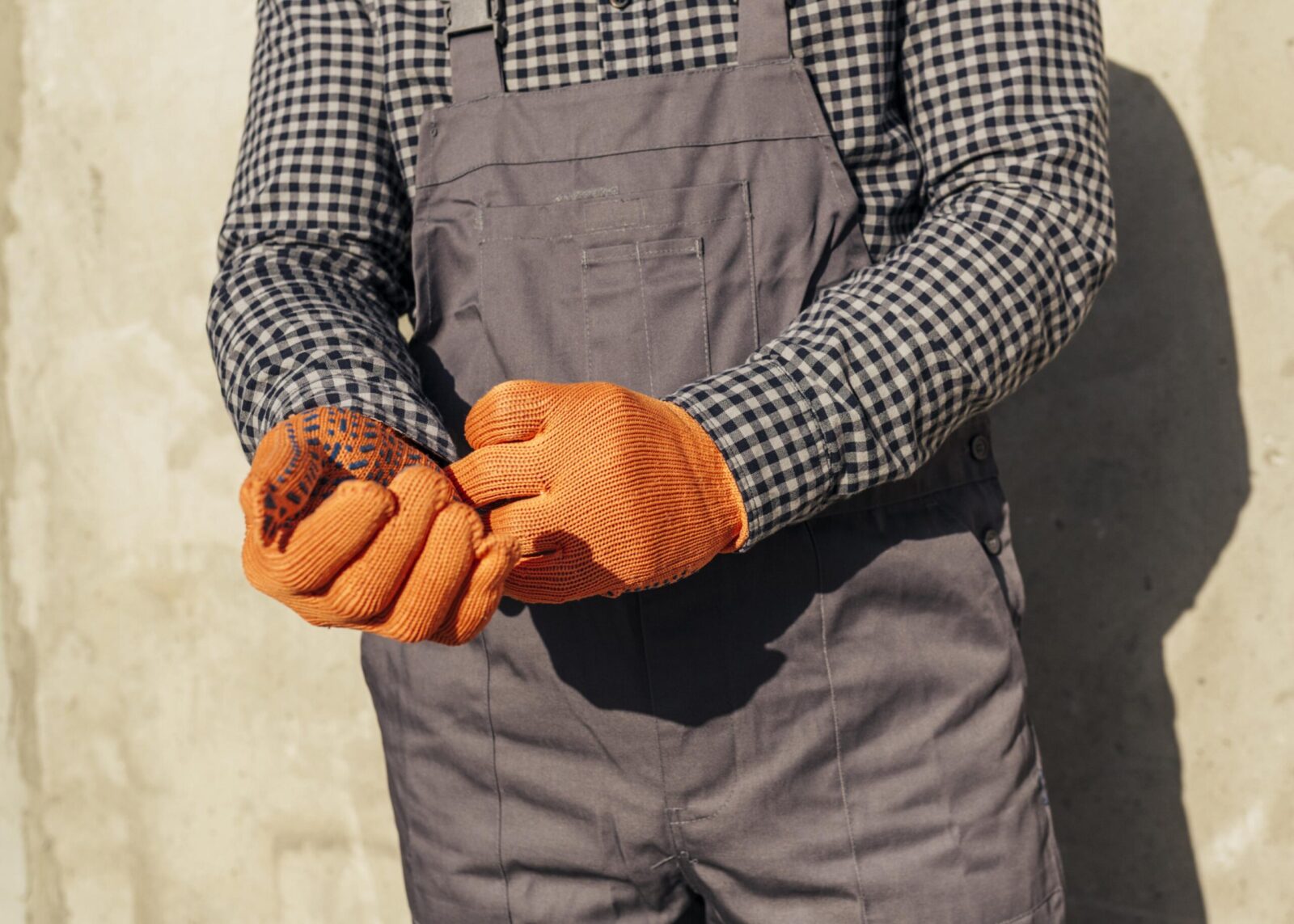
Arc Flash Gloves: Selecting the Right Protection
Choosing the right Arc Flash Gloves is key to ensuring your safety in high-risk environments like electrical maintenance or construction....

Get 20€ off on your first order!
Choosing the right size vinyl gloves can be challenging, as poorly fitting gloves may cause discomfort, reduce safety, and hinder performance. It’s crucial to find a size that ensures both comfort and reliable functionality in various industries. This guide will show you how to select the perfect fit for your needs, backed by expert advice to simplify your decision. Plus, we’ll hint at how to find the best suppliers for your glove needs.
For an overview of why vinyl gloves are a cost-effective choice for industrial safety, explore our main article “Vinyl Gloves: The Affordable Solution For Industrial Safety”.
Selecting the correct glove size is about more than just comfort. Properly fitting vinyl gloves offer several advantages:
Most manufacturers follow standard sizing charts, typically ranging from XS to XL. Glove sizes are based on hand circumference, measured around the widest part of your hand (excluding the thumb). However, sizing may vary slightly across brands, so it’s important to consult the specific chart provided by the manufacturer.
| Size | Hand Circumference (cm) | Hand Length (cm) |
| XS | Up to 16 | Up to 17 |
| S | 16-18 | 17-18 |
| M | 18-20 | 18-19 |
| L | 20-22 | 19-20 |
| XL | 22+ | 20+ |
Accurate measurement is the first step to finding the perfect fit. This is particularly important for vinyl gloves, as their less elastic nature compared to nitrile or latex gloves requires precise sizing to avoid issues like tearing or discomfort. Follow these steps:
Pro Tip: If your measurements fall between two sizes, consider the glove’s intended use. Choose a snugger fit for precision tasks and a slightly looser fit for extended wear.
Even with accurate measurements, you might experience fit issues. Poorly fitting gloves can compromise performance, such as causing discomfort during precision tasks in healthcare or slipping off during food handling. Here’s how to address them:

Your application will also influence your size choice. Here’s how:
Browse our curated collection of Vinyl Gloves for single-use applications, and use your determined size to find the best fit for your specific needs. If you’re considering alternatives, such as nitrile gloves or disposable gloves, explore related options like Nitrile Gloves for added durability.
Choosing the right size vinyl gloves ensures optimal performance and safety across various applications. By measuring your hands accurately, considering the intended use, and referencing reliable sizing charts, you can make an informed choice. Explore our wide range of single-use gloves to find the perfect pair for your needs. For more in-depth guides, don’t miss “How To Choose The Best Disposable Gloves – A Buyer’s Guide”.
– The Droppe Team
Always refer to the manufacturer’s sizing chart and measure your hand circumference and length. When possible, request a sample or test gloves in-store.
Yes, vinyl gloves are latex-free and a great alternative for those with latex sensitivities.
Minor variations can occur, so always check the specific brand’s sizing guide.
Vinyl gloves offer limited chemical resistance. For high-risk tasks, consider specialized Chemical Resistant Gloves.
This depends on the glove’s fit and the task. A properly sized glove should remain comfortable for several hours of continuous use.
Thank you! You've signed up for our newsletter.



















Choosing the right Arc Flash Gloves is key to ensuring your safety in high-risk environments like electrical maintenance or construction....

Choosing the right Rubber Insulating Gloves is essential for safety in electrical work, but with so many options, it can...

Are you looking for the right electrical insulating gloves to ensure your safety? This guide will help you understand the...

Choosing the right Arc Flash Gloves is key to ensuring your safety in high-risk environments like electrical maintenance or construction....

Choosing the right Rubber Insulating Gloves is essential for safety in electrical work, but with so many options, it can...

Are you looking for the right electrical insulating gloves to ensure your safety? This guide will help you understand the...
Get 20€ off on your first order!
Save 30% by buying directly from brands, and get an extra 10€ off orders over €100
Save 30% by buying directly form brands, and get an extra 10€ off orders over €100